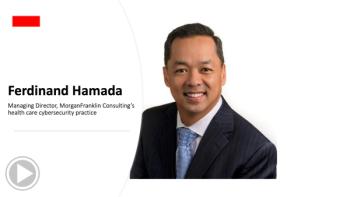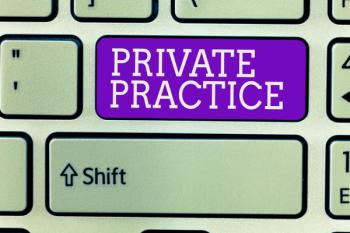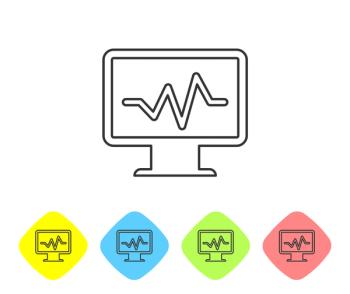
The drop in use was starkest in the northeast.

The drop in use was starkest in the northeast.

Many physicians intuitively suspect that the key to successful chronic disease management and prevention is to encourage sustained behavior change in their patients.

An increased reliance on technology also means easier entry points for cybercriminals.

Hackers have a variety of motivations when it comes to attacking health care targets.

One physician's opinion on what may be coming down the road when it comes to health care.

Over the past year, the rise in telehealth services — as well as the continued spread of COVID-19 variants — has left many patients and PCPs wondering as to whether or not these services will continue expanding in the months, or even years, to come.

Despite challenges, today’s climate is an opportunity for savvy physicians.

The No Surprises Act, which takes effect January 1, 2022, is a much-needed push for providers to be more transparent about total costs to the patient and eliminating unexpected medical bills.

Optimizing the revenue cycle can help reduce much of the stress that contributes to burnout.

A look at who is using telehealth and how they’re using it.

How to prepare to protect your practice

The increased volume of ransomware, data breaches and other attacks that started during the COVID-19 pandemic continues to threaten patient, data and medical device safety.

Like any powerful tool or technology, RPM can be used to make things better, but it can also wreak havoc if not done right.

A cyberattack will probably hit you at some point. Here’s what you need to do to be prepared.

What if your smartest, most trusted employee turned out to be the person who unintentionally sabotages and destroys your practice?

The risks of poor cybersecurity hygiene have never been greater. Here’s how physicians can improve theirs.


How a hodgepodge of federal and state telehealth waivers creates compliance concerns for providers practicing across state lines.

Not only have patient communication preferences drifted during the pandemic, but the very nature of the patient-provider relationship is changing.

If your practice is still using paper-based fax or combining traditional and digital fax communications, you are not alone, but you are behind.

Health outcomes should be dictated by the care provided — not by administrative inefficiencies.

With hefty fines in play, be careful who you put in charge of your medical records.

The partnership will bring Teladoc Health’s Solo Platform together with Microsoft Teams.

Many healthcare organizations underutilizing the rich insights from encounter data and associated risk analytics.

Telehealth utilization is 38 times higher now than before the COVID-19 pandemic.